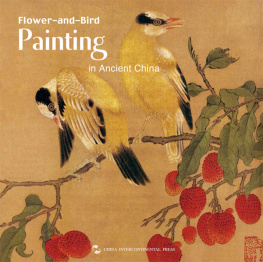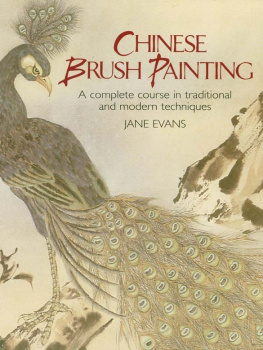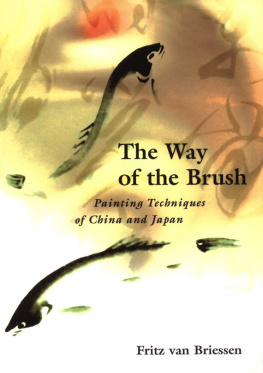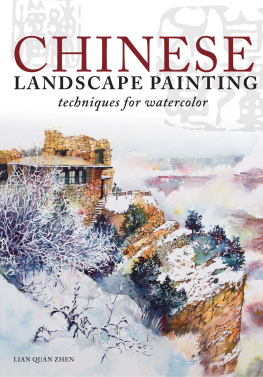Mei Ruo - Chinese Brush Painting
Here you can read online Mei Ruo - Chinese Brush Painting full text of the book (entire story) in english for free. Download pdf and epub, get meaning, cover and reviews about this ebook. publisher: Tuttle Publishing, genre: Home and family. Description of the work, (preface) as well as reviews are available. Best literature library LitArk.com created for fans of good reading and offers a wide selection of genres:
Romance novel
Science fiction
Adventure
Detective
Science
History
Home and family
Prose
Art
Politics
Computer
Non-fiction
Religion
Business
Children
Humor
Choose a favorite category and find really read worthwhile books. Enjoy immersion in the world of imagination, feel the emotions of the characters or learn something new for yourself, make an fascinating discovery.
- Book:Chinese Brush Painting
- Author:
- Publisher:Tuttle Publishing
- Genre:
- Rating:3 / 5
- Favourites:Add to favourites
- Your mark:
- 60
- 1
- 2
- 3
- 4
- 5
Chinese Brush Painting: summary, description and annotation
We offer to read an annotation, description, summary or preface (depends on what the author of the book "Chinese Brush Painting" wrote himself). If you haven't found the necessary information about the book — write in the comments, we will try to find it.
Chinese Brush Painting — read online for free the complete book (whole text) full work
Below is the text of the book, divided by pages. System saving the place of the last page read, allows you to conveniently read the book "Chinese Brush Painting" online for free, without having to search again every time where you left off. Put a bookmark, and you can go to the page where you finished reading at any time.
Font size:
Interval:
Bookmark:
CHINESE BRUSH PAINTING 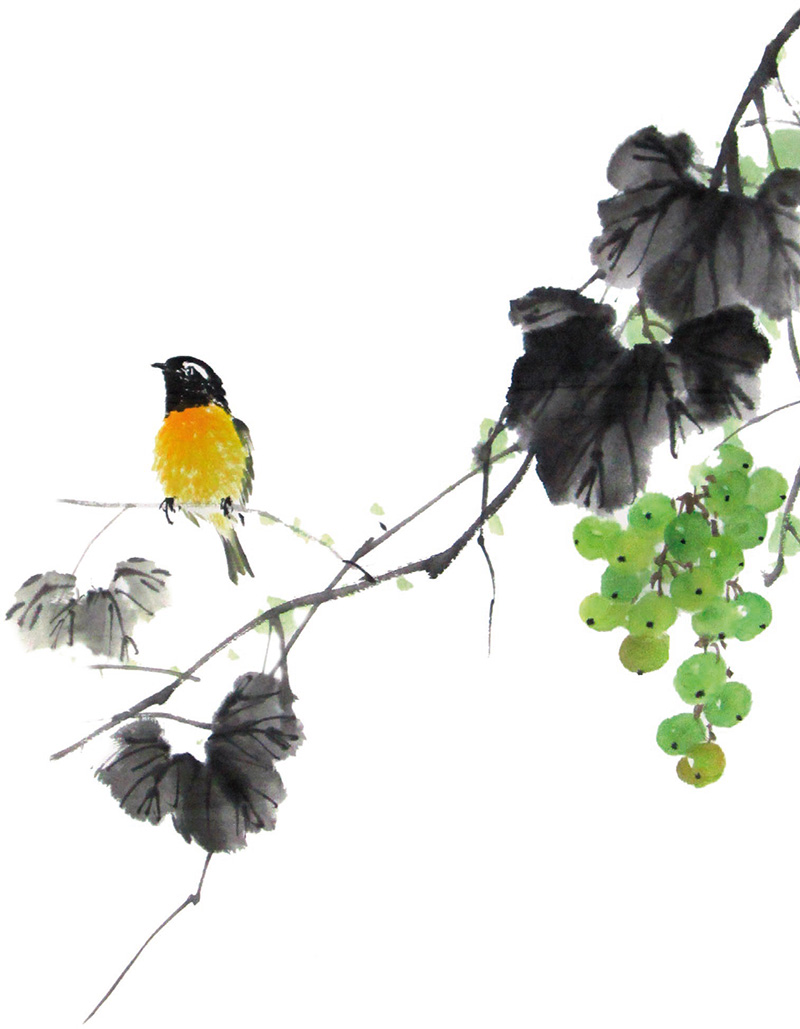 Fig. 1 The Bird Attracted by Ripe Fruit (detail)
Fig. 1 The Bird Attracted by Ripe Fruit (detail)
Height 66 by width 33 centimeters The plump grapes on the twining vines attract a little bird. It stands on the twigs and looks into the distance. The yellow body and the green grapes form a refreshing scene. CHINESE BRUSH PAINTING A Beginners Step-by-Step Guide By Mei Ruo Better Link Press 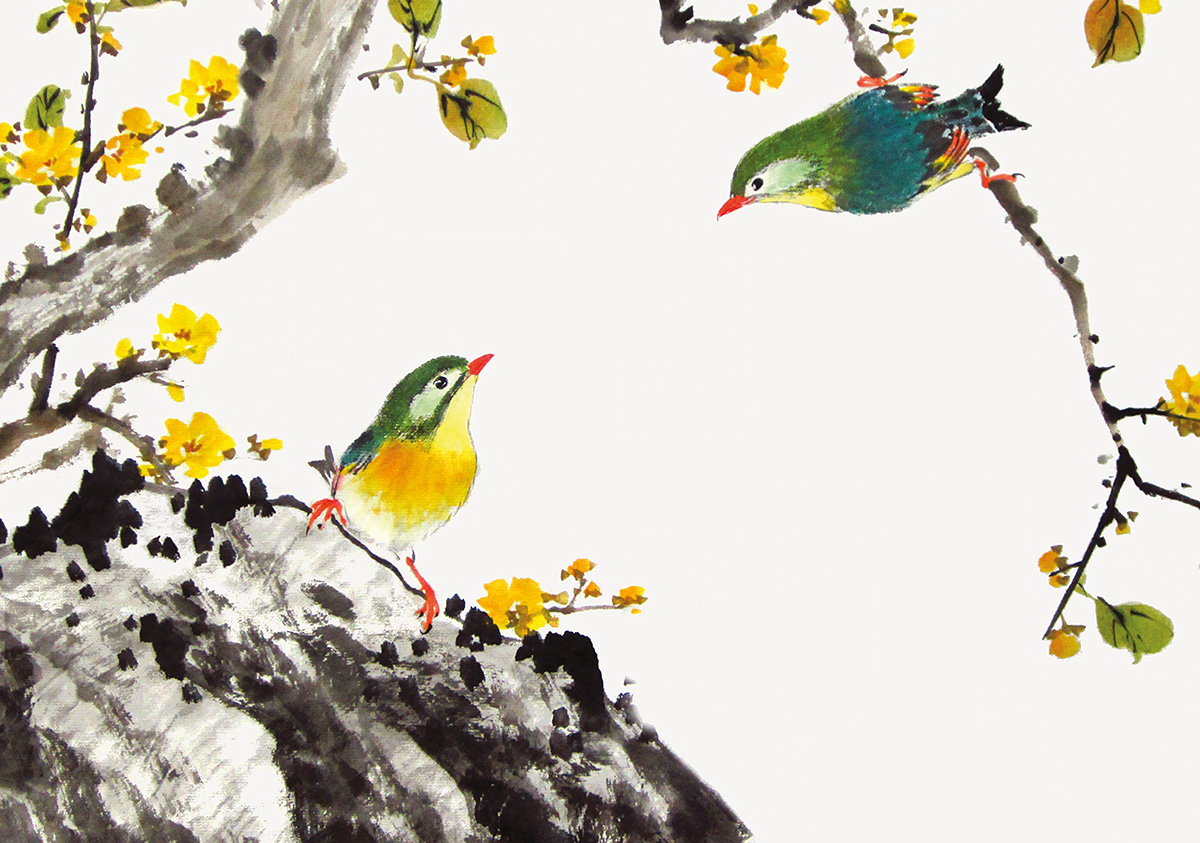 Fig. 2 The Lovebirds on the Wintersweet (detail)
Fig. 2 The Lovebirds on the Wintersweet (detail)
Height 33 by width 45 centimeters The wintersweet grows on the cliff in the cold spell.
Two lovebirds with beautiful feathers stand on the twigs of the wintersweet looking at each other from a distance, seems like they are whispering and sharing their secrets. Copyright 2018 Shanghai Press and Publishing Development Co., Ltd. All rights reserved. Unauthorized reproduction, in any manner, is prohibited. This book is edited and designed by the Editorial Committee of Cultural China series. Text and Works: Mei Ruo Photographs: Mei Ruo, Ding Guoxing, Quanjing Translation: Kitty Lau Interior Design: Li Jing, Hu Bin (Yuan Yinchang Design Studio) Cover Design: Wang Wei Copy Editor: Gretchen Zampogna Editors: Wu Yuezhou, Cao Yue Editorial Director: Zhang Yicong Senior Consultants: Sun Yong, Wu Ying, Yang Xinci Managing Director and Publisher: Wang Youbu ISBN: 978-1-60220-045-6 Address any comments about Chinese Brush Painting: A Beginners Step-by-Step Guide to: Better Link Press 99 Park Ave New York, NY 10016 USA or Shanghai Press and Publishing Development Co., Ltd.
F 7 Donghu Road, Shanghai, China (200031) Email: Printed in China by Shenzhen Donnelley Printing Co., Ltd. 3 5 7 9 10 8 6 4 
 Fig. 3 The Mandarin Ducks in the Lotus Pond (detail)
Fig. 3 The Mandarin Ducks in the Lotus Pond (detail)
Height 60 by width 97 centimeters The mandarin ducks are the common ornamental birds in China. They are associated with love as they are often in pairs. INTRODUCTION Overview of Chinese Painting T raditional Chinese painting, which originated in the Han Dynasty (206 BCAD 220), is completely different from western painting in terms of style and concept. This long-established art form mainly comprises ink or color applied with a brush to a piece of silk or xuan paper, which is then mounted on a hanging scroll.
Chinese painting has a long history. Silk paintings can be traced back to the Warring States Period (475221 BC), before paper had even been invented. The most famous of these is AMan Riding a Dragon (). The line arrangement on the silk cloth has become one of the most common techniques and characteristics in Chinese painting nowadays. Chinese painting falls into three categories: figure (), landscape and bird-and-flower. The objects in figure and landscape paintings are comparatively straightforward, whereas those of bird-and-flower painting are much varied and include flowers, birds, fishes, insects, animals and still lifes.
The history of Chinese figure painting is very long. The earliest unearthed colored pottery from the New Stone Age already demonstrated figure painting, and prehistoric period rock art also showed many figure images. The earliest stage of figure painting simply presented two-dimensional lines. Until the period of Wei, Jin and Southern and Northern dynasties (220589), the quality of figure painting had been pronouncedly advanced. In the Sui Dynasty (581618), Tang Dynasty (618907) and the Five Dynasties (907960), figure paintings featuring fine brushwork and heavy color continued to progress in complexity. In the Song Dynasty (9601279), line drawing was introduced.
In the Yuan Dynasty (12791368), figure painting began to transform. The evolution continued in the Ming Dynasty (13681644) and Qing Dynasty (16441911), fusing with western realism and expressionism, and generating many new ideas and techniques. 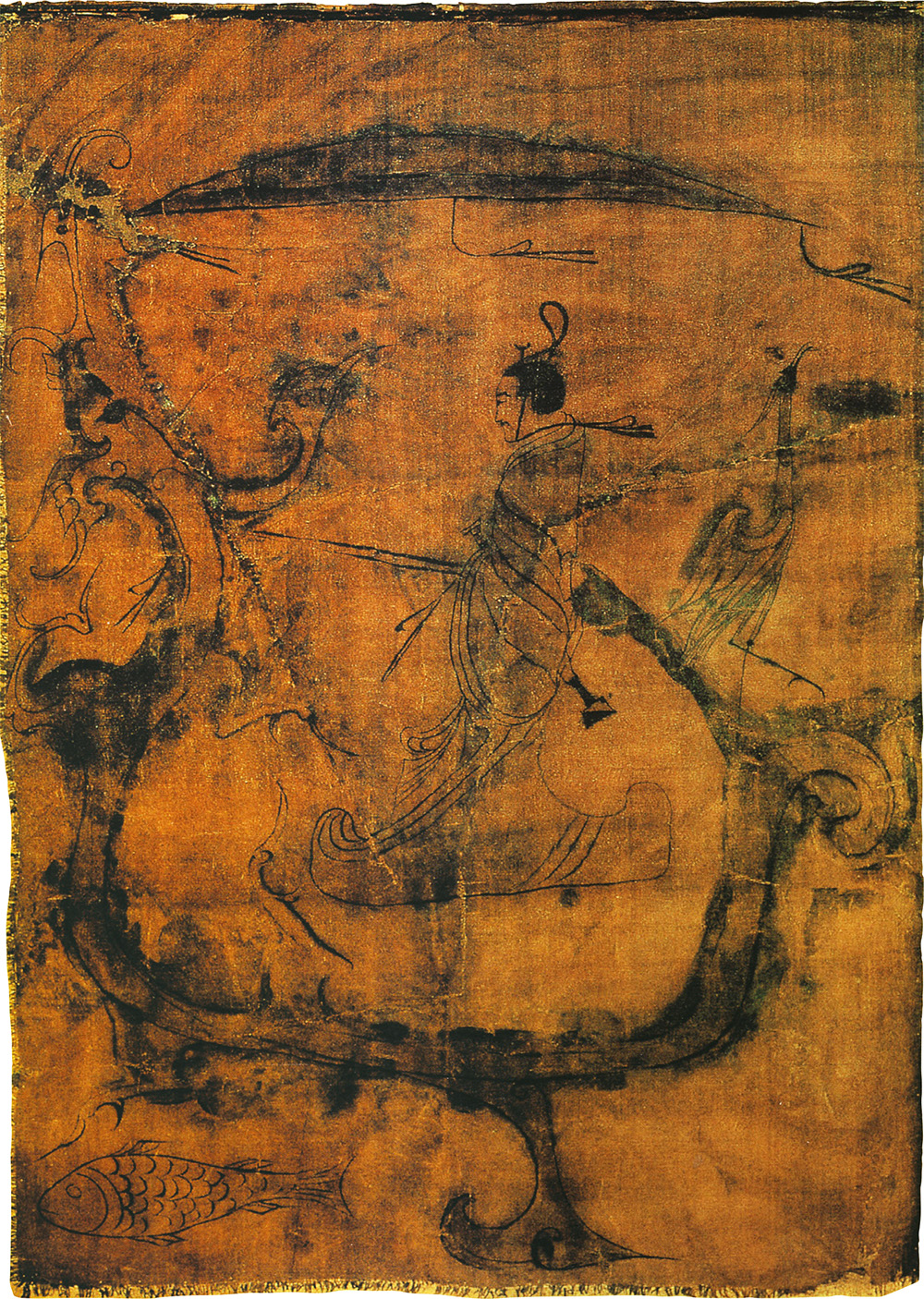 Fig. 7 A Man Riding a Dragon
Fig. 7 A Man Riding a Dragon
Warring States Period
Silk painting
Height 37.5 by width 28 centimeters
Hunan Provincial Museum Unearthed from the Chu Tomb of Danziku, Changsha, Hunan Province, China in 1973. In this painting, a man in a robe holds a sword and stands sideways atop a dragons body beneath a canopy. The dragons head is tilted upward and its tail is curled, its body forming a boat.
The fluttering robe and canopy tassels indicate the direction of the breeze, showing the dragon boat moving forward along with the breeze. The man is drawn vividly with a detailed face. The presentation of his robe is smooth, depicting its soft texture and elegance. This is a representative figure painting from ancient China. 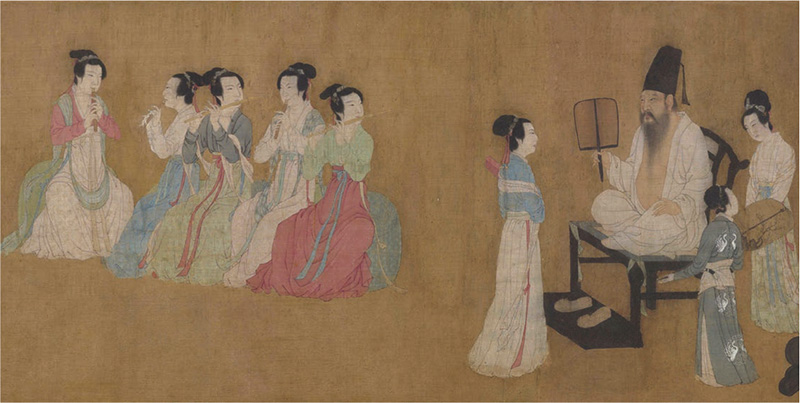 Fig. 8 Copy of Gu Hongzhongs Night Revels of Han Xizai (detail)
Fig. 8 Copy of Gu Hongzhongs Night Revels of Han Xizai (detail)
Song Dynasty (9601279)
Anonymous
Ink and color on silk
Height 28.7 by length 335.5 centimeters
Palace Museum, Beijing This painting captures the activities at a dinner banquet of Han Xizai, an official of the Southern Tang Dynasty (937975).
The entire painting is divided into five scenes and the one on the left is the fourth scene. Han unties his robe and sits cross-legged on a chair to listen to an instrumental ensemble of five women. All the figures, whether main or supporting characters, are vividly and accurately depicted. The painting is colorful and neat with sophisticated line work. Different objects are portrayed in different techniques to illustrate the variations. ) is the most representative form of Chinese painting. ) is the most representative form of Chinese painting.
It first sprouted in the period of Wei, Jin and Southern and Northern dynasties and officially became a branch of Chinese painting in the Sui Dynasty. With unceasing development, it reached its first peak in the Five Dynasties and Northern Song Dynasty (9601127). The unique skills, methods and styles it encompassed made it the most dominant form of Chinese painting in later ages. The second peak appeared in the Yuan Dynasty. Zhao Mengfu (12541322), a famous scholar, was the first person to advocate literati painting, which originated in the period of Wei, Jin and Southern and Northern dynasties. Literati painting focused on the unity of poetry, literature and painting, as well as sentiment.
This vital new branch greatly enriched the creativity and presentation of Chinese painting. It has not been surpassed by others, even though the artists of the Ming and Qing dynasties explored various techniques and concepts. 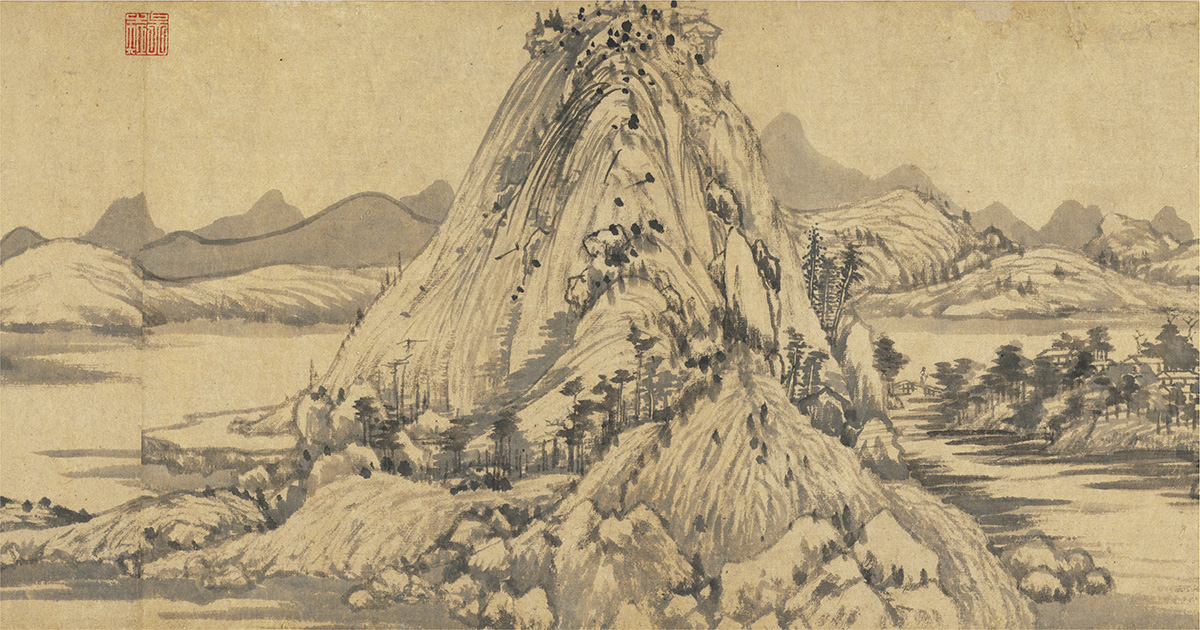 Fig. 9 Dwelling in the Fuchun Mountains (detail) Yuan Dynasty Huang Gongwang (12691354) Ink on paper Height 33 by length 636.9 centimeters
Fig. 9 Dwelling in the Fuchun Mountains (detail) Yuan Dynasty Huang Gongwang (12691354) Ink on paper Height 33 by length 636.9 centimeters
Palace Museum, Taibei This painting depicts the landscape around the Fuchun River of Zhejiang Province in China. The mountains are painted intricately with rich variations of brush and ink techniques and the river is properly arranged. It fully illustrates the scenery from the river shore to the mountain peak.
Font size:
Interval:
Bookmark:
Similar books «Chinese Brush Painting»
Look at similar books to Chinese Brush Painting. We have selected literature similar in name and meaning in the hope of providing readers with more options to find new, interesting, not yet read works.
Discussion, reviews of the book Chinese Brush Painting and just readers' own opinions. Leave your comments, write what you think about the work, its meaning or the main characters. Specify what exactly you liked and what you didn't like, and why you think so.





